African House at Melrose PlantationClementine Hunter (1887 - 1988)
Extant
3533 Highway 119, Melrose , Louisiana, 71452, United States
The African House was built c. 1820 and the murals inside were completed in 1955.
Guided tours of Melrose Plantation are available all year, Tuesday to Sunday from 10am to 5pm. Admission for adults is $10 and $5 for students.
About the Artist/Site
Clementine Hunter (pronounced Clement-EEN) was born in 1887 as Clémence Reuben to Janvier, or John, Reuben and Mary Antoinette Adams. At the time of her birth, her family were sharecroppers at Hidden Hill Plantation (now known as Little Eva Plantation) in Natchitoches Parish, Louisiana. In 1902, when Hunter was about 15 years old, the family moved 10 miles up the Cane River to Melrose Plantation for waged work. It was here that she lived and worked until her death in 1988 and where she created her prolific body of work.
Hunter began to paint sometime in the 1930s, producing upwards of 5,000 works throughout her career. Without the financial means to buy materials, she painted on cardboard, buckets, glass and plastic bottles, and even a fallen shingle from the African House itself. Discarded paints from visiting artists were thinned out with kerosene or turpentine. She also created many quilts and tapestries. In 1955, plantation resident and writer François Mignon encouraged Hunter to complete a series of murals on the upper-floor walls of the African House. One of the earliest buildings on the property, it was constructed around 1820 as a livestock barn or storage facility under the eye of Creole planter, Louis Metoyer. What is so extraordinary about the African House mural series is its thorough and vibrant documentation of Cane River Creole culture: the pleasure, work, and worship that comprised daily life as well as the natural, agricultural, and built landscapes that hosted these activities. Scenes of work, leisure, and worship are depicted upon a painterly background of earthy-green plantation fields and cotton candy skies. Undulating rows of people, trees, and buildings represent Hunter’s lived experience as a field and domestic worker on the plantation for over eight decades. Due to the subject matter of Hunter’s paintings, she has been described as a memory painter, story-telling painter, or artist of place.
Hunter was the first Black woman to achieve a solo exhibition at the Delgado Museum, now known as the New Orleans Museum of Art. She was once invited to the White House by President Jimmy Carter (Though she denied the request, in her way, saying: “If Jimmy Carter wants to see me, he knows where I am.”). Shortly before her death, she received an honorary degree from Northwestern State University in Natchitoches. She has proven to be a figure of value and pride for her community at the local and national level.
Lastly, a note on the African House itself: The building’s architectural mystique has caused it to be surrounded by myth and misinformation. Many sources of varying credibility parrot the idea that its form is “of purely African design,” as one journalist wrote. According to Gary B. Mills and Elizabeth Mills, some speculation has “spun a story of a Congo-born Coincoin homesick for the land of her birth,” referring to the matriarch of the Cane River Creole community. Others have argued for its connection to the Ewe people of Ghana, based on an etymological study of Coincoin’s name. However, it has been well-established by Mills and Mills that Coincoin, and thus her son, Louis Metoyer, who first built on the Melrose Plantation grounds, were born in the Americas. Though architecture in general surely has the capability of expressing cultural roots through its style and design, Metoyer was at least a full generation removed from the continent of Africa and it is unlikely that he would have envisioned a structure composed of African building techniques. Likewise, John Michael Vlach states that “there is little resemblance between this building and the houses of the Ewe in either form or mode of construction. African House needs to be understood as a building based on local practices rather than on exotic custom. More than anything, it resembles a French barn shorn of its usual encompassing sheds.”
Dispelling these myths is important not only to avoid the continued spreading of misinformation, but also to recognize the distinct contributions made by Creole people—Clementine Hunter included—unrelated to their African-ness. By so stressing the supposedly untouched African influence on a building or on a painting, these types of stories misrepresent the distinctness of Creole culture and oversimplify the complex cultural syncretism of the African diaspora.
Clementine Hunter is buried across the river from Melrose Plantation in the St. Augustine Catholic Church Cemetery. The modest house in which she painted many of her smaller works was moved to the Melrose Plantation grounds in 1977. Both it and the African House are maintained with the rest of the plantation by the Association for the Preservation of Historic Natchitoches.
References Cited:
- Dallow, Jessica. “A Curious Collaboration: Clementine Hunter’s African House Murals.” In Sacred and Profane: Voice and Vision in Southern Self-Taught Art, edited by Carol Crown and Charles Russell, 128-145. Jackson: University Press of Mississippi, 2007.
- Dozier, Richard. “The Black Architectural Experience in America.” Journal of the American Institute of Architects (July 1976), 162-168.
- Mills, Gary B., Elizabeth Shown Mills, and H. Sophie Burton., and revised edition by Elizabeth Shown Mills. The Forgotten People: Cane River’s Creoles of Color. Baton Rouge: ouisiana State University Press, 2013.
- Shiver, Art and Whitehead, Tom. Clementine Hunter: Her Life and Art, Baton Rouge: Louisiana State University Press, 2012.
- Vlach, John Michael. “Outbuildings.” In Back of the Big House: The Architecture of Plantation Slavery. Chapel Hill: University of North Carolina Press, 1993, 77-106.
Narrative by Emma Mooney, 2021
Contributors
Materials
oil paint on plywood
Media
A Visit to Clementine Hunter's House With Tommy Whitehead | November 2019
This video follows Clementine Hunter biographer Tommy Whitehead as gives a tour of the recently restored home of the artist Clementine Hunter. The house is located at Melrose Plantation, Louisiana.
Related Documents
Map & Site Information
3533 Highway 119
Melrose , Louisiana, 71452
us
Latitude/Longitude: 31.5998417 / -92.9668152
Nearby Environments


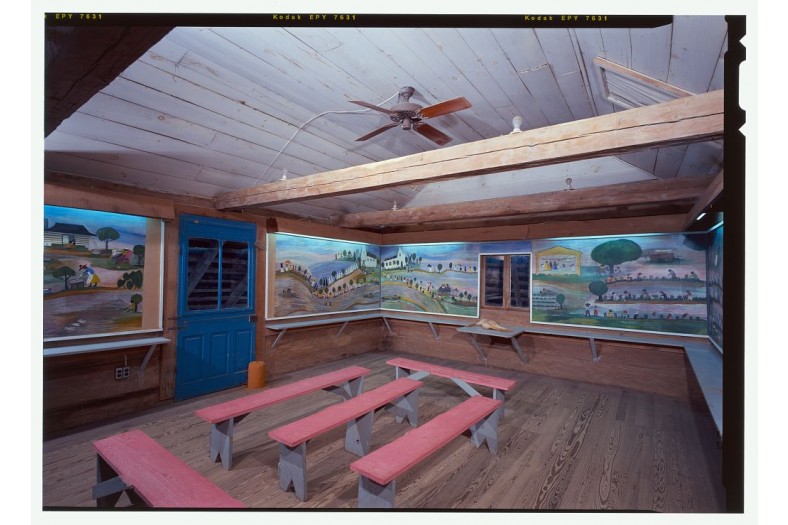
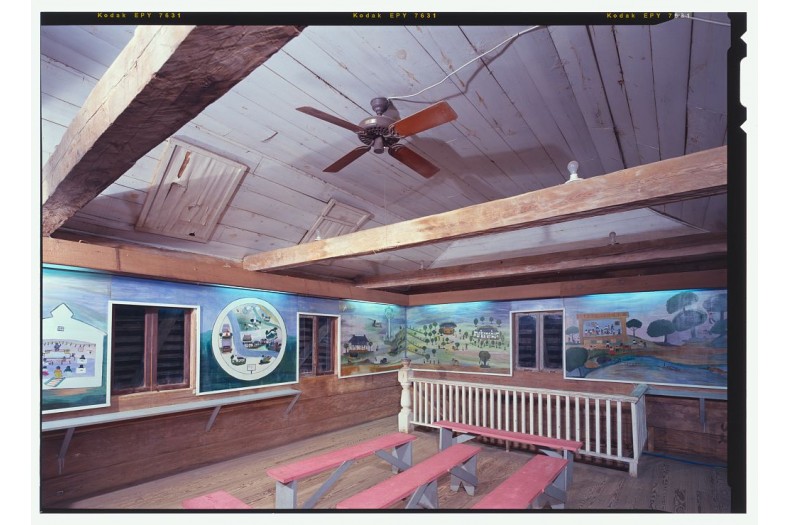
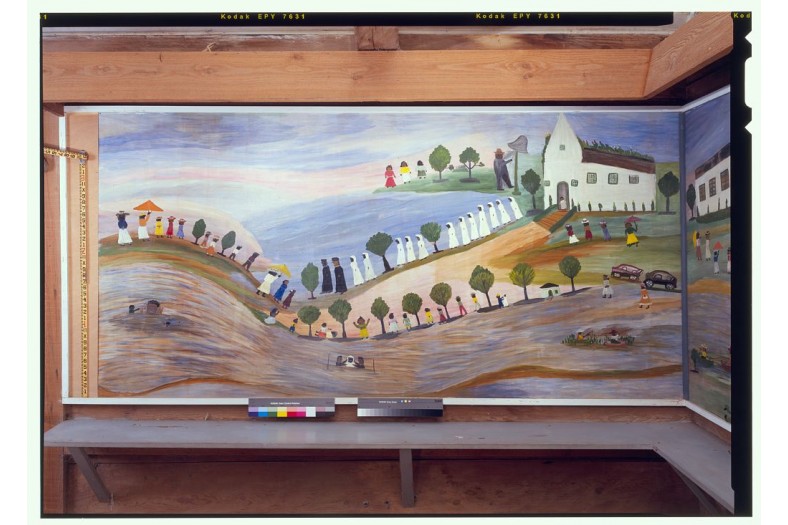
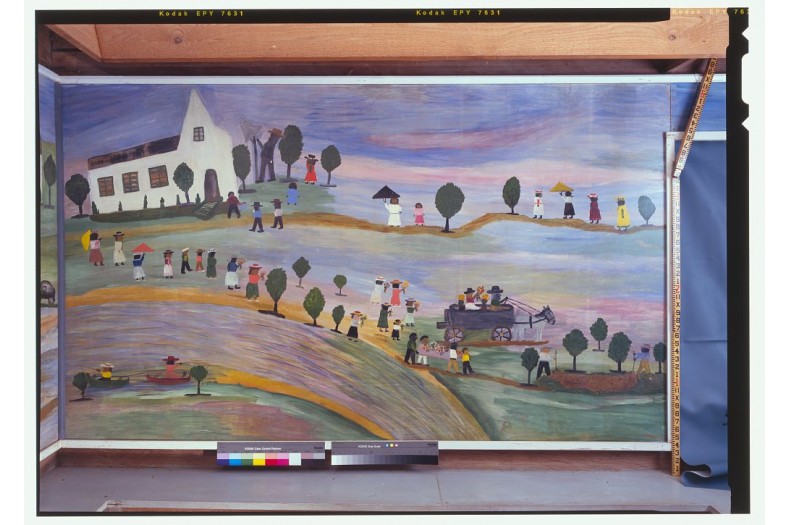
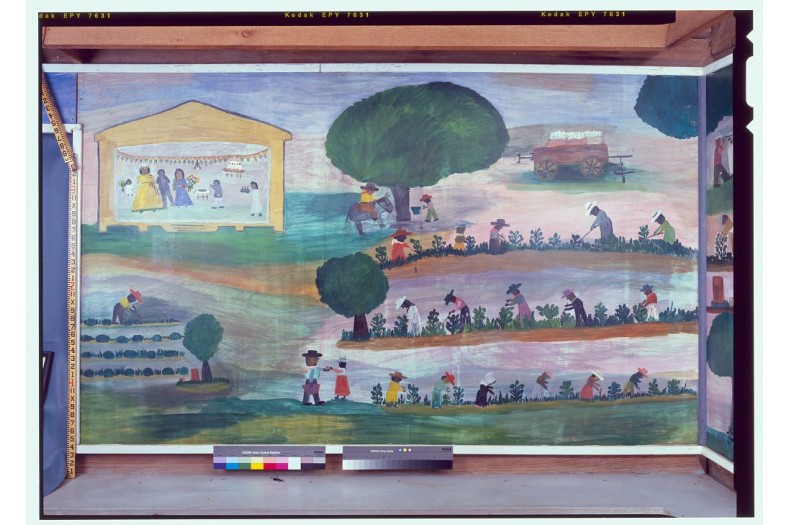
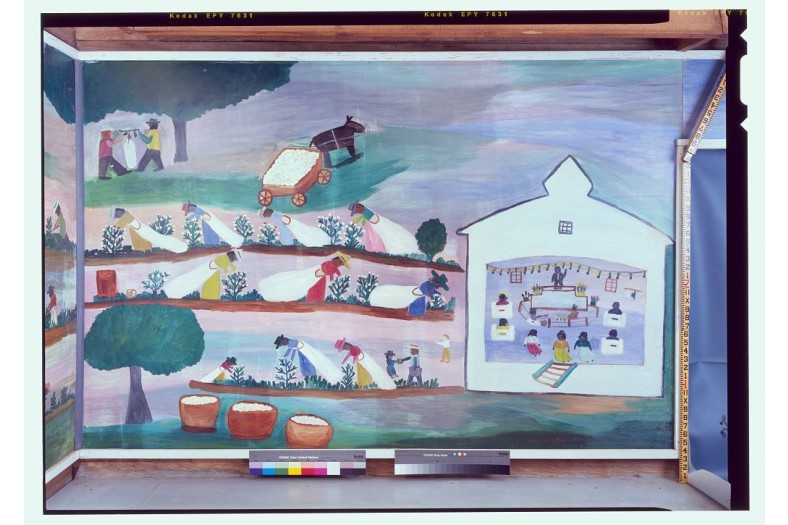
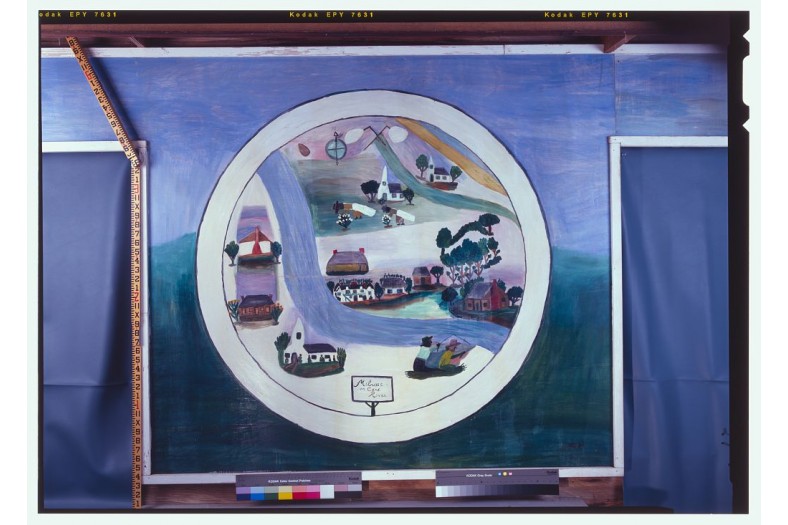
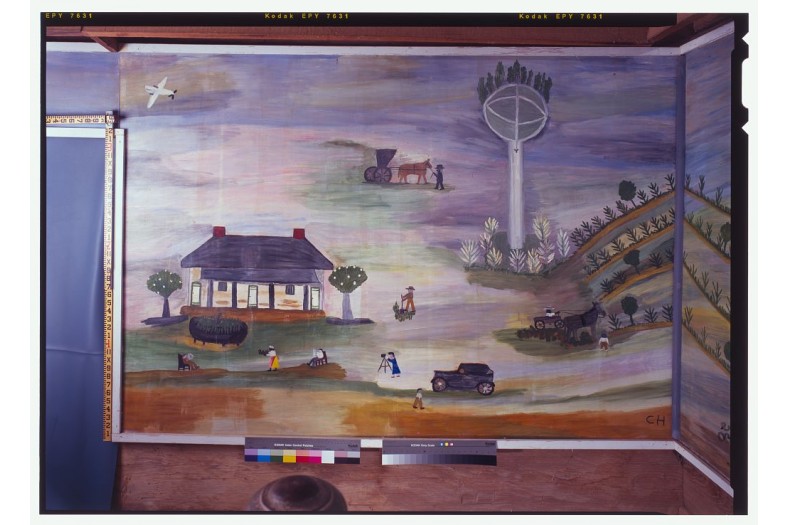
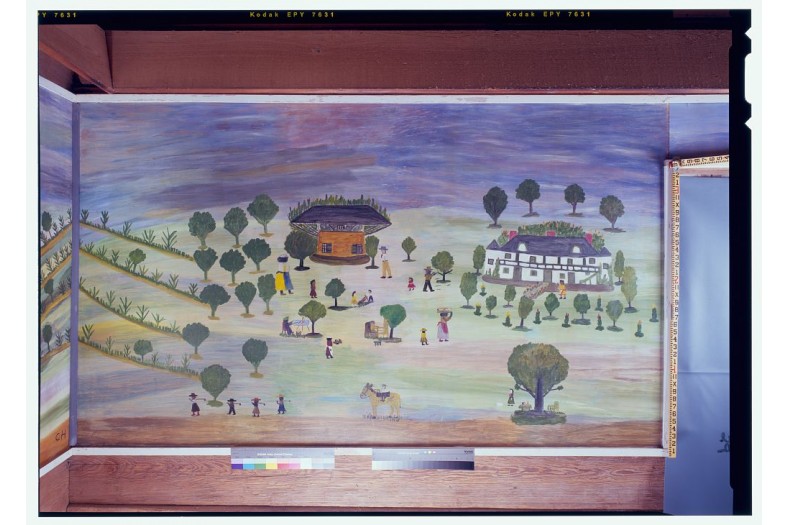
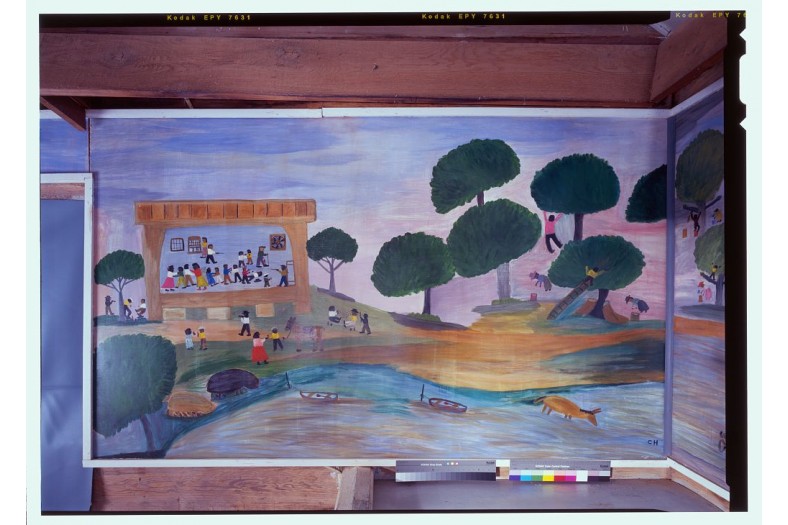
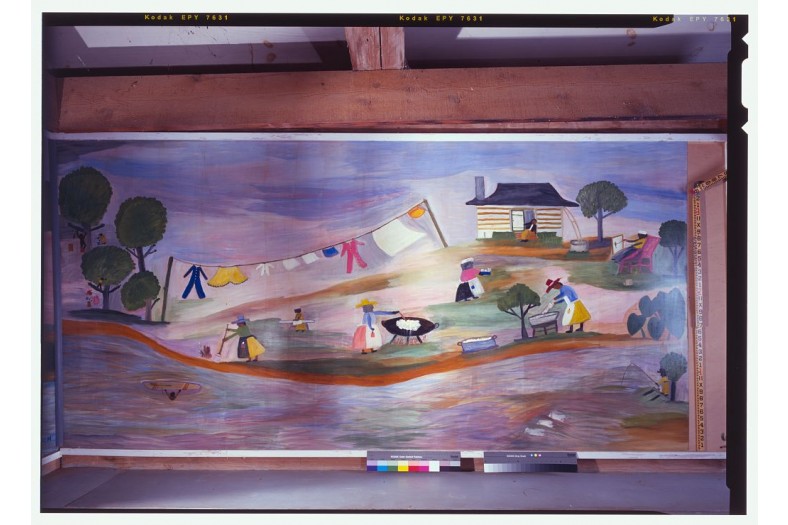
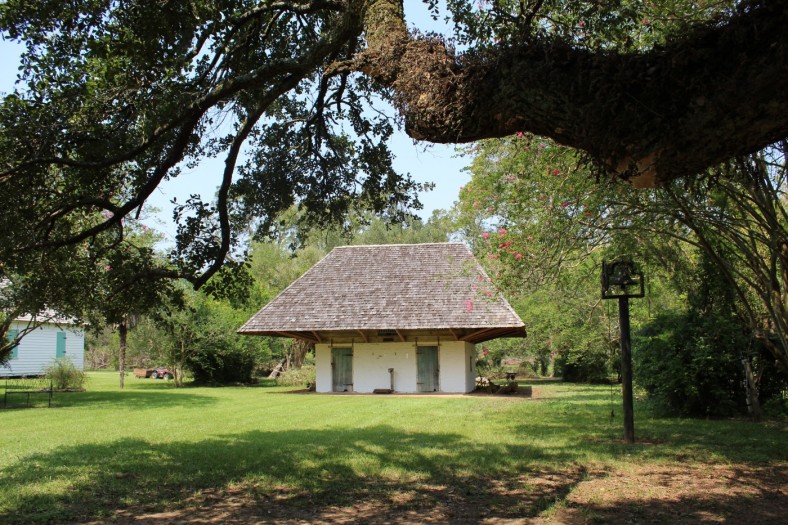
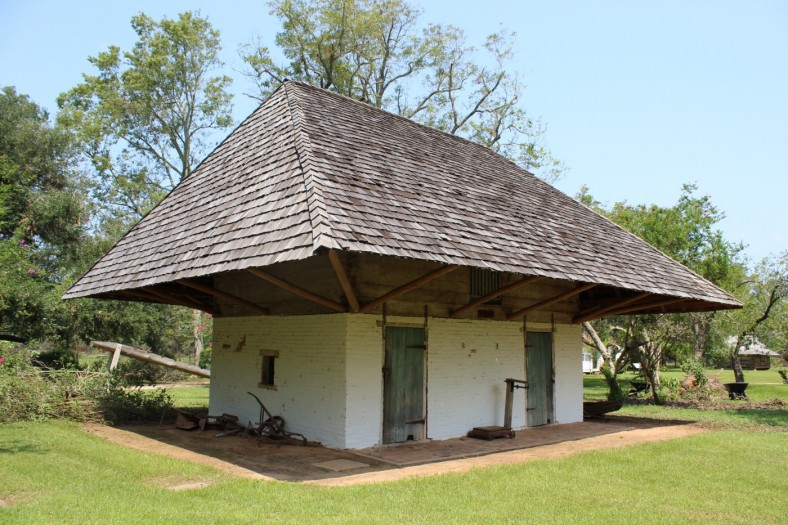
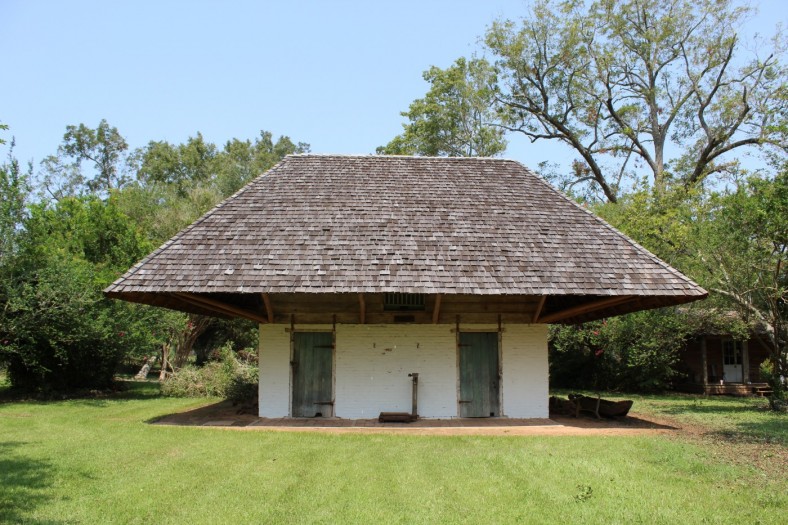
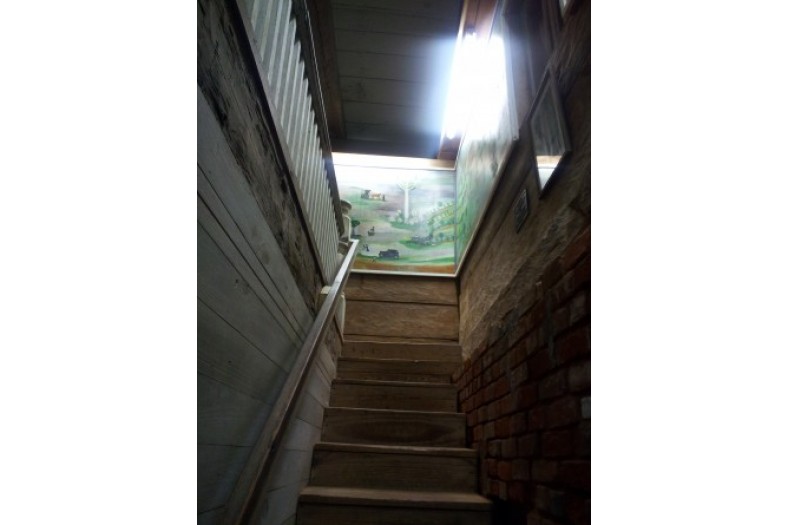
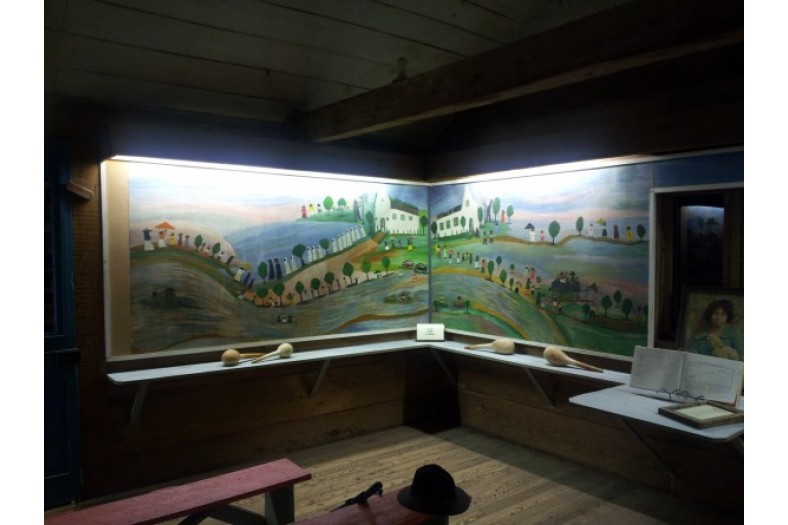
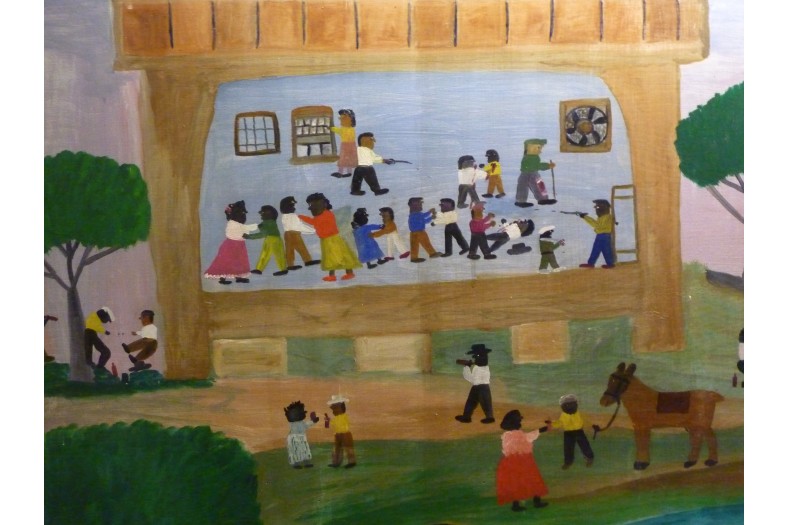
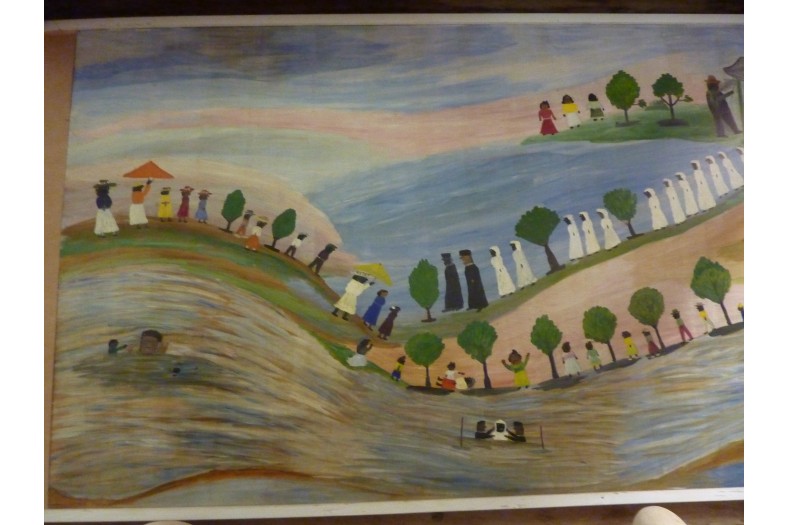
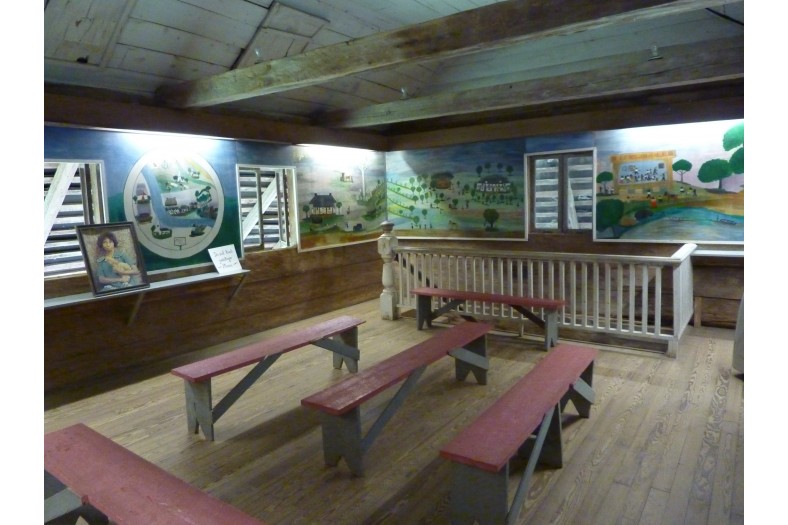
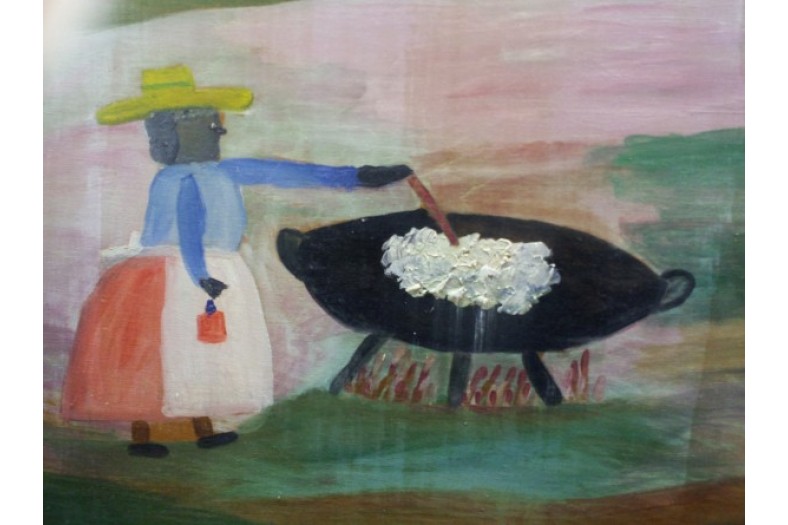
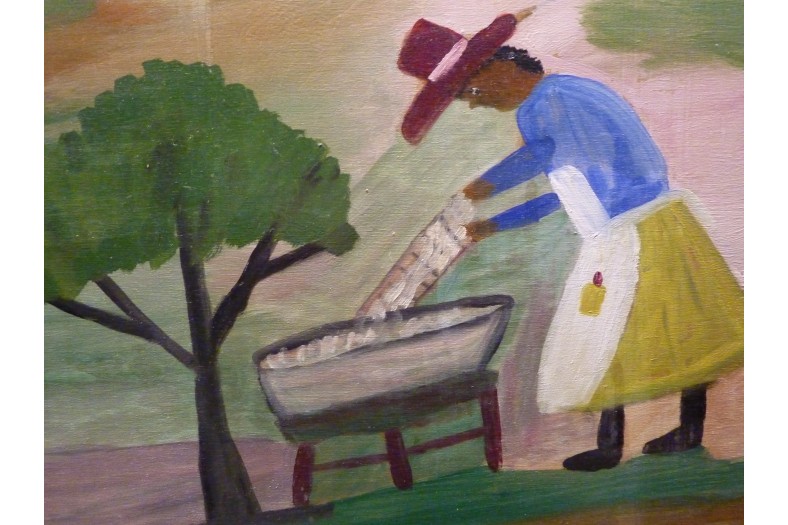
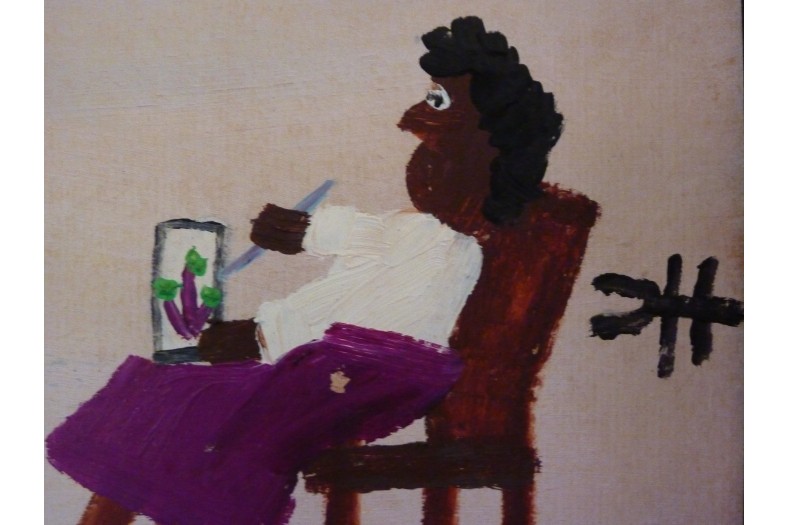
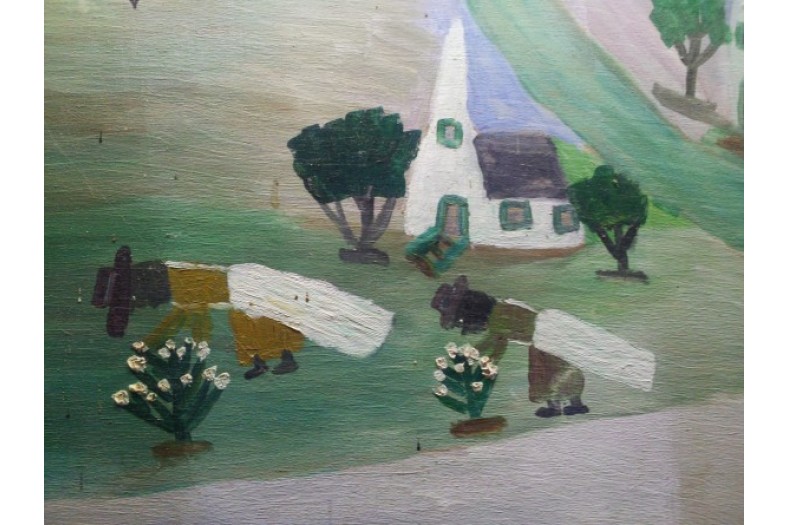
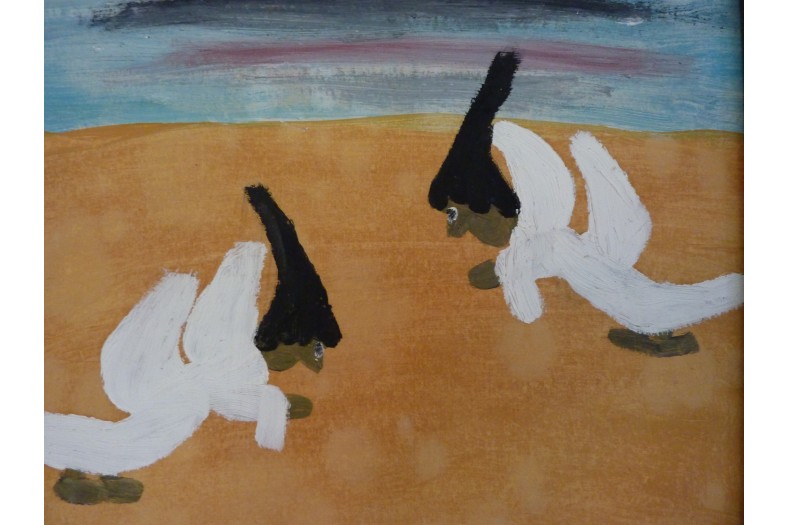
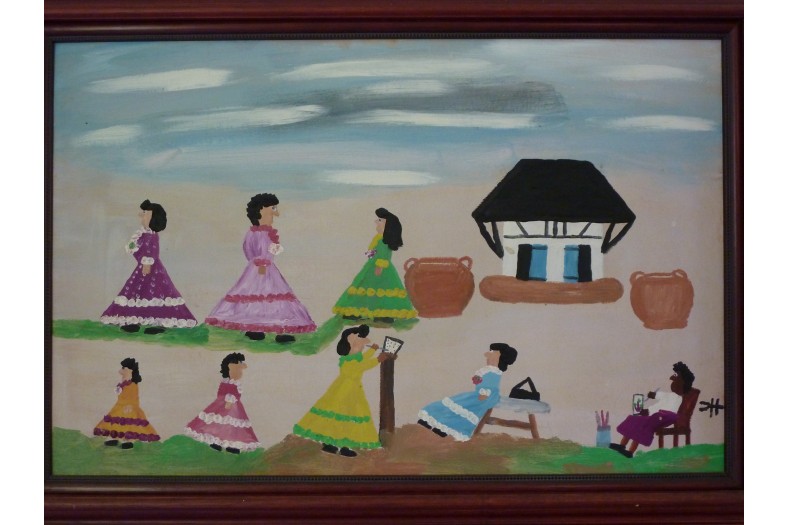
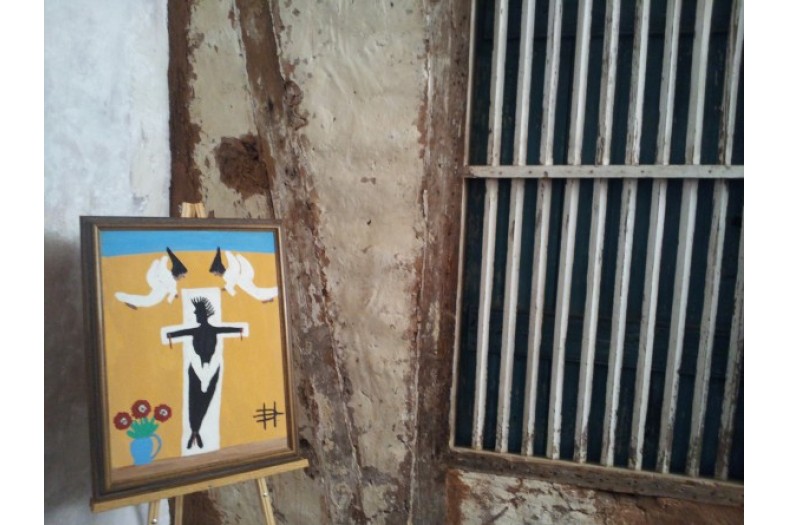
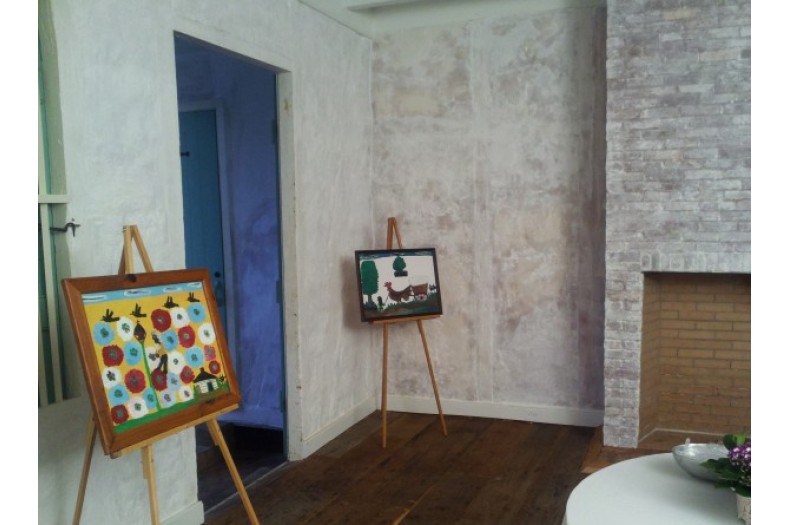
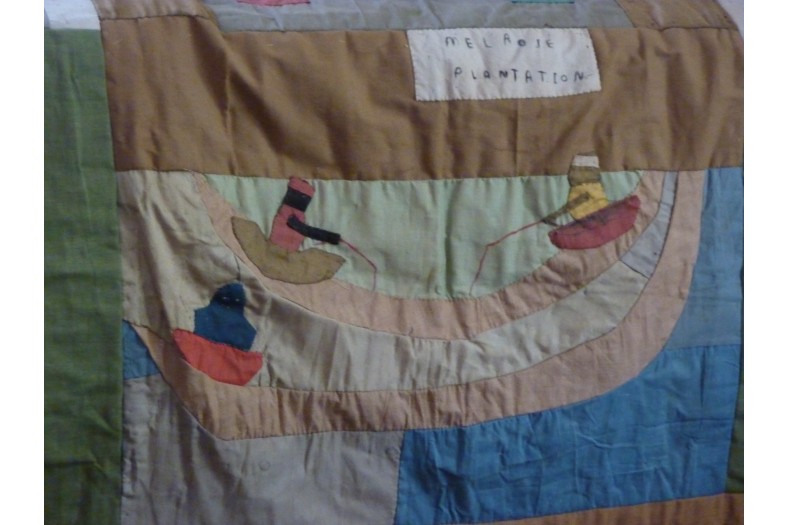
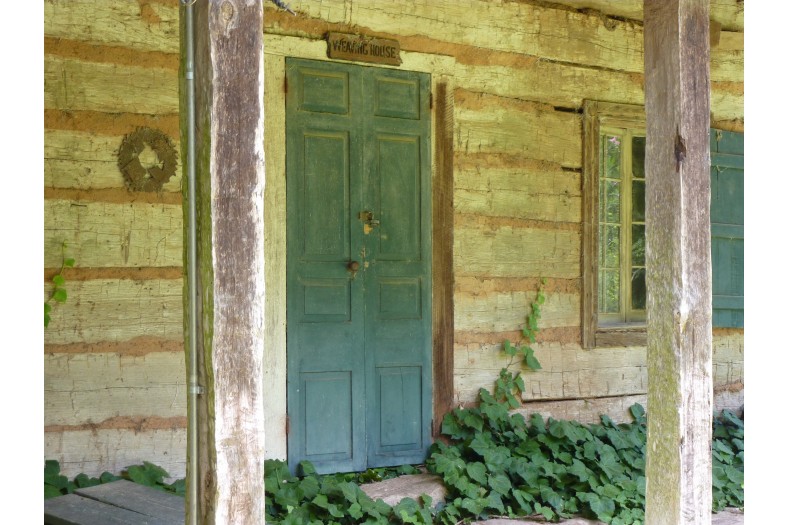
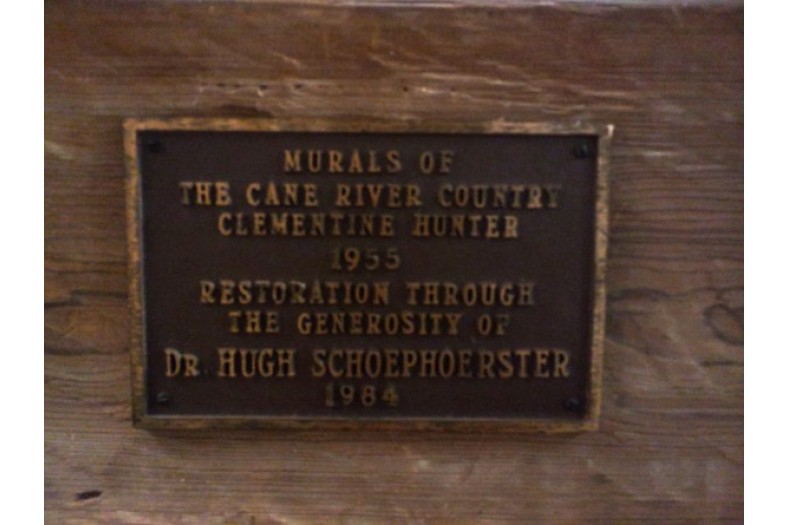
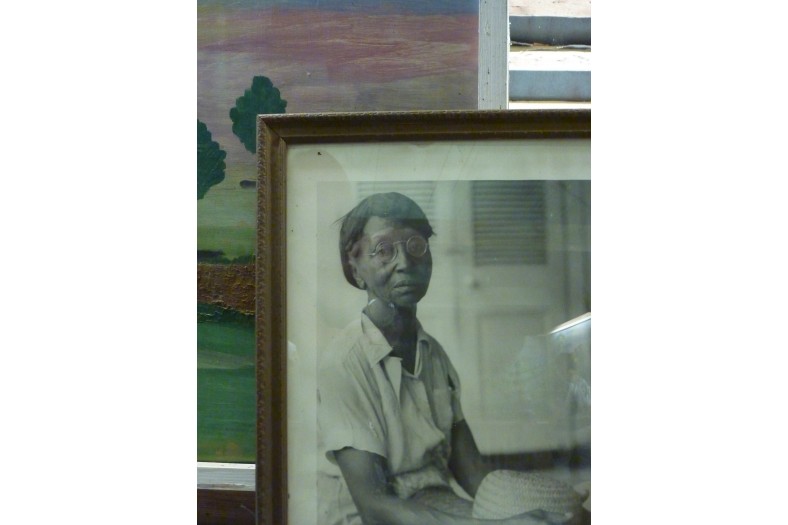
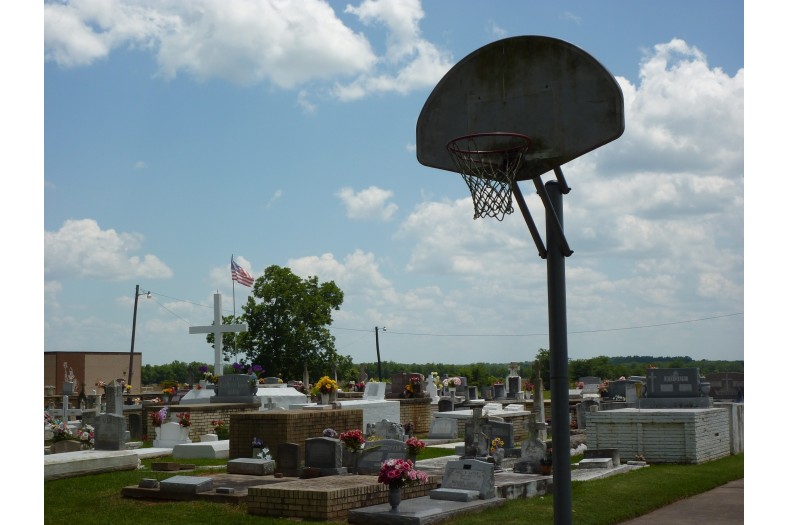
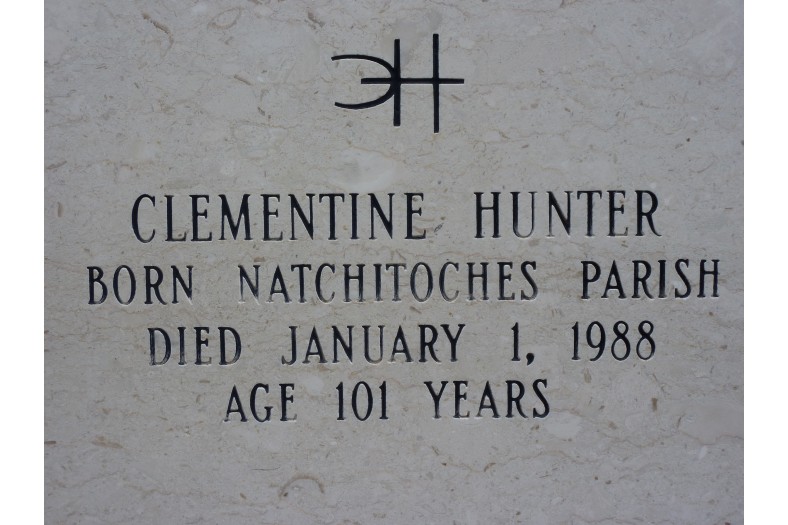
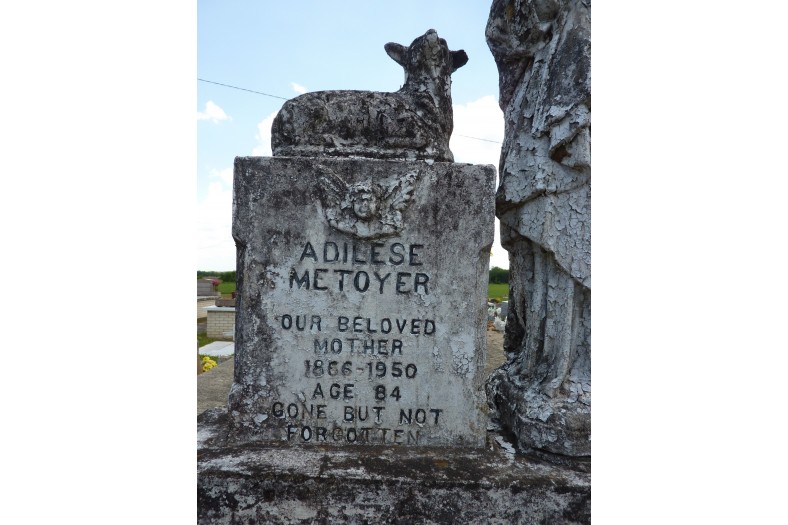
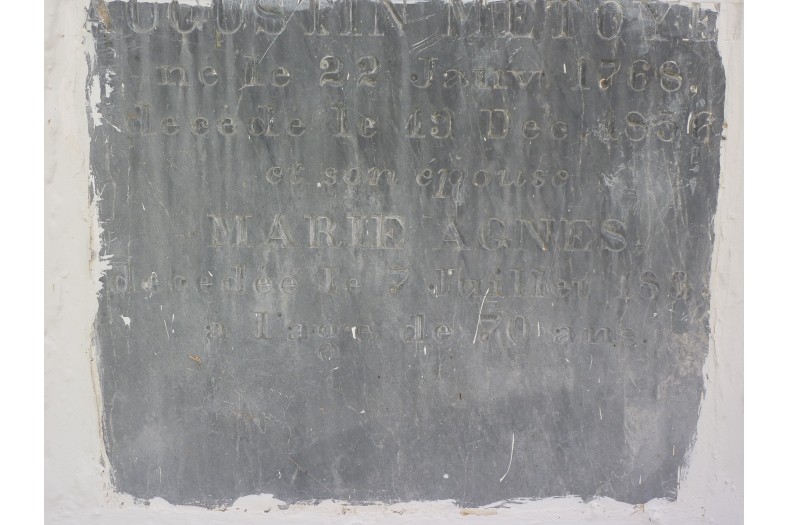
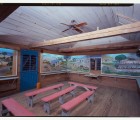
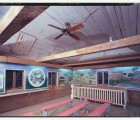
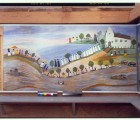
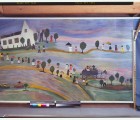
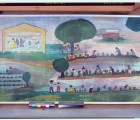
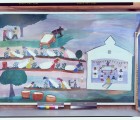
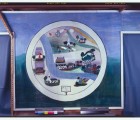
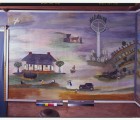
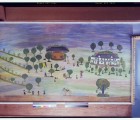
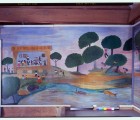
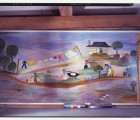
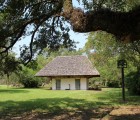
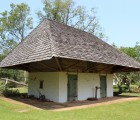
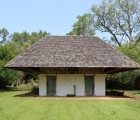
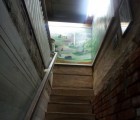
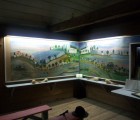
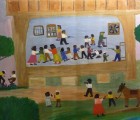
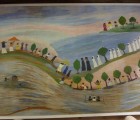
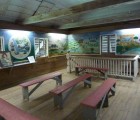
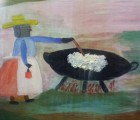
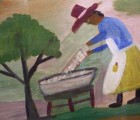
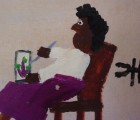
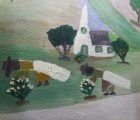
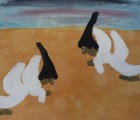
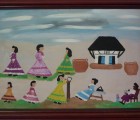
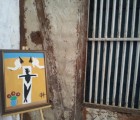

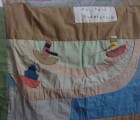
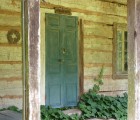
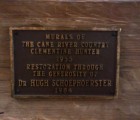
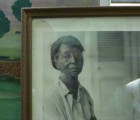
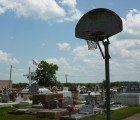
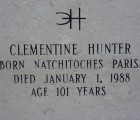
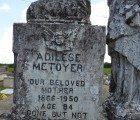
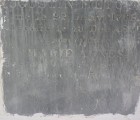

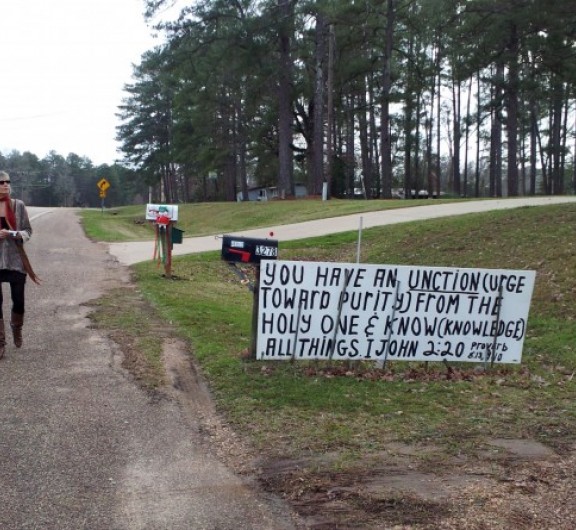
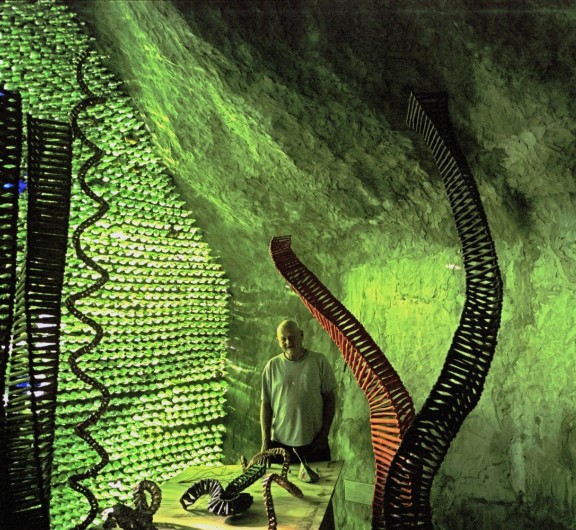

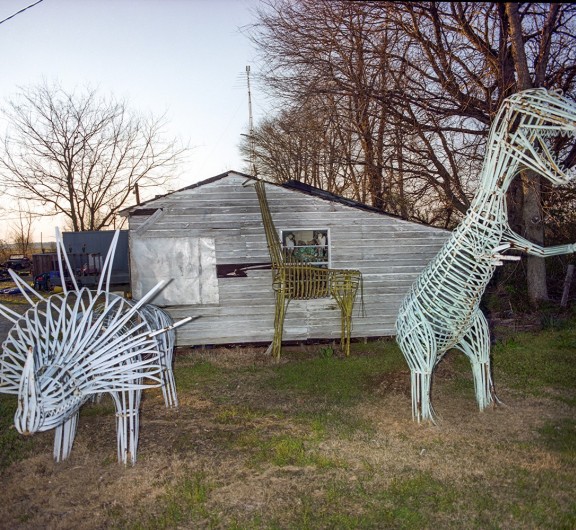

Post your comment
Comments
No one has commented on this page yet.